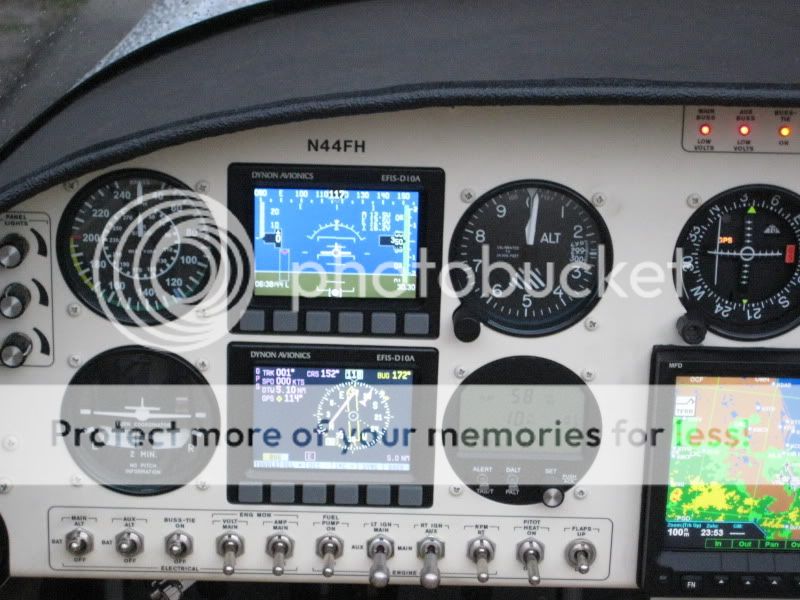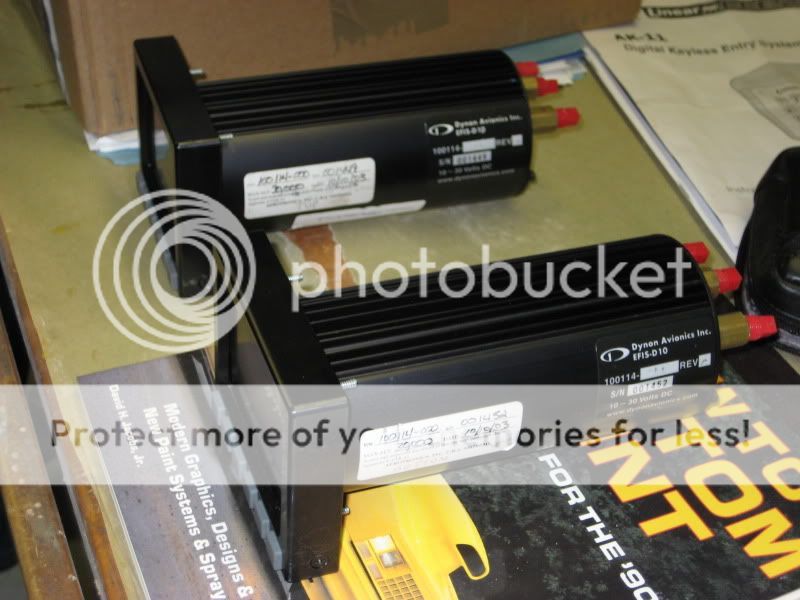IowaRV9Dreamer
Well Known Member
Hi - does anyone have any pictures of how a Dynon D10 / D6 looks when flush mounted using their braket? If you did this, would you do it again?
I did a search, but found some really old posts and no pics.
Also, does anyone have a spare bracket they'd like to get rid of
Thanks for any info?
I did a search, but found some really old posts and no pics.
Also, does anyone have a spare bracket they'd like to get rid of
Thanks for any info?









